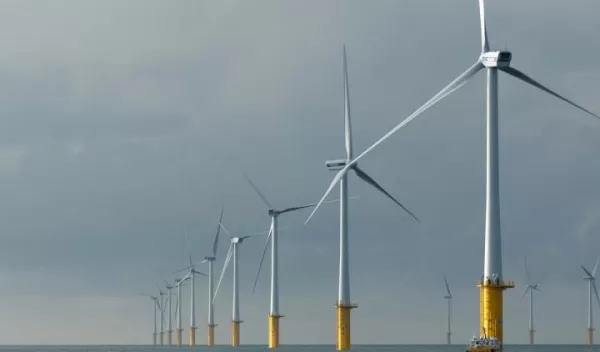
Submarine cables leading to offshore wind farms transformed into a seismic network
A team of geoscientists led by Caltech researchers has used fiber optic communications cables at the bottom of the North Sea as a giant seismic network, tracking both earthquakes and ocean waves.
The NSF-funded project is, in part, a proof of concept. Oceans cover two-thirds of the Earth's surface but placing permanent seismometers under the sea is prohibitively expensive. The fact that the fiber optic network was able to detect a magnitude 8.2 earthquake near Fiji in August 2018 proves the ability of the technology to fill in blind spots in the global seismic network, says Caltech researcher Ethan Williams. Williams is the lead author of a study that was published in Nature Communications.
Fiber optic communications cables are growing more common on the sea floor, according to Williams. “Rather than placing a whole new device, we can tap into some of this fiber and start observing seismicity immediately," he says.
The project relies on a technology called distributing acoustic sensing, or DAS. DAS was developed for energy exploration but has been repurposed for seismology. DAS sensors send a beam of light down a fiber optic cable. Tiny imperfections in the cable reflect miniscule amounts of the light, allowing the imperfections to act as "waypoints." As a seismic wave jostles the fiber cable, the waypoints shift minutely in location, changing the travel time of the reflected light waves and thus allowing scientists to track the progression of the wave.
"Taking advantage of this new source of observation from fiber optics will be a game-changer for studying the Earth," says Eva Zanzerkia, a program director in NSF's Division of Earth Sciences.


